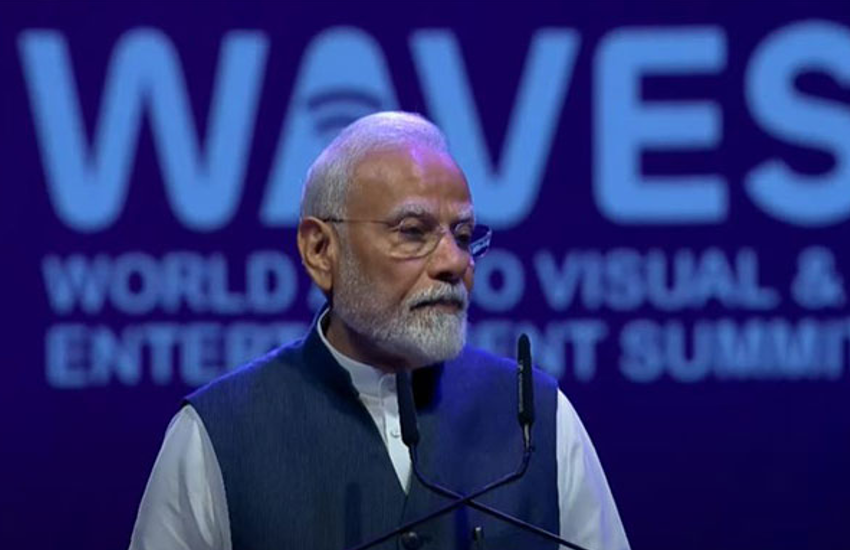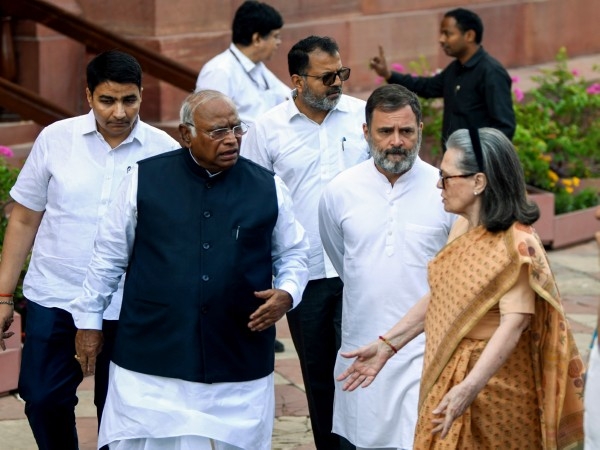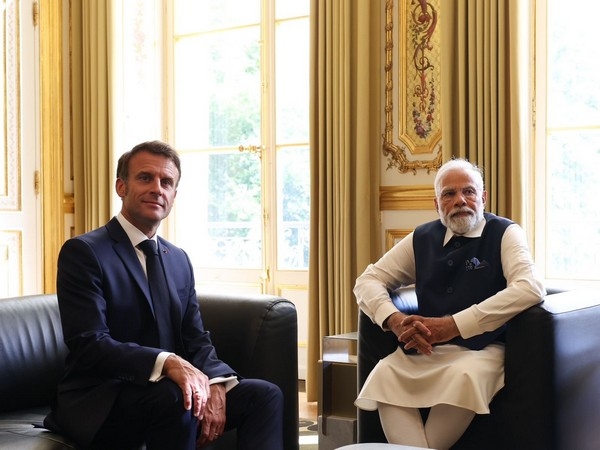The enemy of my enemy: The Middle East is tilting towards a new escalation
_79836_730x419-m.jpg)
Few weeks ago Newsweek reported that Henry Kissinger had advised Donald Trump that ISIS is preferable to Iran. What Kissinger really meant was that the US could not afford to let Iran create a sphere of influence in Syria after the defeat of ISIS.
As such, Kissinger's solution to the problem of Syria (which is shared by some Israelis) is an anti-ISIS coalition of Sunnis in Syria fighting the Syria-Iranian alliance.
“In these circumstances, the traditional adage that the enemy of your enemy can be regarded as your friend no longer applies. In the contemporary Middle East, the enemy of your enemy may also be your enemy. The Middle East affects the world by the volatility of its ideologies as much as by its specific actions,” wrote Kissinger in an article entitled Chaos and order in a changing world and published in Capx.co.
These days, it is hard not to take Kissinger’s words seriously, as the new Trump administration seems to have come into office with a new agenda for the Middle East. Once again, as in 2002, a number of influential voices inside and outside the US are playing a crucial role in legitimising decisions of Donald Trump to get involved in a dangerous and unnecessary war against Iran.
Since Trump’s earliest days in office, he has repeated the threat that he might unilaterally withdraw from the Joint Comprehensive Plan of Action (JCPOA), a multilateral agreement unanimously endorsed by the UN Security Council.
However, the other parties to the agreement – Britain, China, France, Germany and Russia concede that the diplomatic cost of abandoning the agreement would be high. Many agree around the world that if Trump withdraws support for the nuclear deal, the US will be isolated on the issue, much as it is on the climate change agreement.
The Trump administration’s interpretation of the provisions of the 2015 nuclear agreement is that the International Atomic Energy Agency inspectors go anywhere in Iran, including the military bases.
But Iran has long said that its most sensitive military locations are off limits. The Iranian government already showed its sensitivity in 2015 when international inspectors of the IAEA demanded access to Parchin, a military base near Tehran where there was evidence of past nuclear work.
Add to this the clash of words between Washington and Tehran concerning what the Trump administration considers beyond the 2015 deal as Iran’s support for terrorism, missile testing and Iran’s activities in Syria and Iraq.
In a sign of continuing struggles over Iran policy, the White House has been reinforcing the US' strategic posture in the region while announcing a closer economic and strategic partnership with Iran’s two arch enemies, Saudi Arabia and Israel.
Israeli concerns regarding Iran's strategy in the Middle East are relatively straight-forward and have always been since the beginning of the Iranian Revolution in 1979: Tehran is considered as a geopolitical adversary and maintaining Tel Aviv's qualitative military edge is a priority.
As for the Saudis, they have been showing a new pattern of pragmatic engagement in their foreign policy which might create an opportunity for de-escalation in the region.
The recent high-level engagement with the Iraqi government and military in Baghdad and the hosting of the Shiite leader Muqtada al-Sadr in Riyadh for talks with Crown Prince Muhammad Bin Salman are all signs that the Saudis are eager to find a rapid resolution to the ruinous crisis in Yemen and beyond that to isolate Iran through diplomatic measures.
It goes without saying that each of these soft or hard measures and moves has its own complex set of domestic and external consequences, but as the Islamic Republic of Iran is concerned, the second term cabinet of President Rouhani is not in a position to forge a more pragmatic line in Iran's policy towards the region, which is largely controlled by the Supreme Leader and Iranian Revolutionary Guards Corps. (IRGC).
Though the focus on continuity, stability, and diplomatic engagement, notably the nuclear agreement of 2015, is evident in the Rouhani’s choice of ministers like Zarif and Zangeneh for his second term cabinet, the Iranian government seems to face a real challenge coming from the hawks in Tehran.
Let us not forget that very recently on 20 August, in a speech in honour of World Mosque Day, Maj. Gen. Qasem Soleimani, the commander of Iran's Quds Force, stressed the importance of combating internal and external threats against the Islamic Republic of Iran.
Soleimani defended Iran’s involvement in Iraq and Syria by underlining the fact that Iran does not “differentiate between Iran’s interests and Iraq’s interests”.
Add to this the recent intervention of President Rouhani on Iranian TV where he used a strong tone against the Trump administration which very recently imposed sanctions on six Iranian firms for their role in the development of a ballistic missile program.
"If America wants to go back to imposing sanctions,” declared Rouhani on Iranian state television, adding that – “Iran would certainly return in a short time – not a week or a month but within hours – to conditions more advanced than before the start of negotiations”.
As strange as it might appear, at this point, Iran is closely watching the US-North Korea stand-off, because Iran’s sense of how far it can go with its diplomacy and military power in the Middle East will largely be shaped by what happens on the other side of Asia.
Edited by Jhinuk Sen

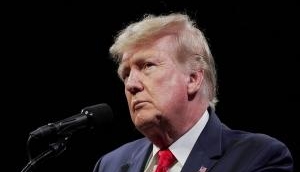
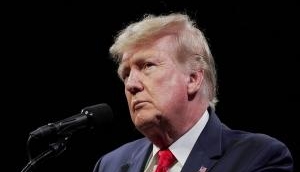
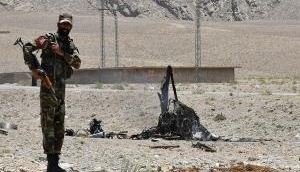

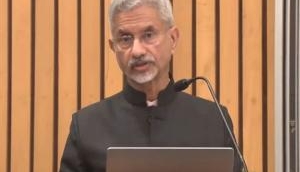
![BJP's Kapil Mishra recreates Shankar Mahadevan’s ‘Breathless’ song to highlight Delhi pollution [WATCH] BJP's Kapil Mishra recreates Shankar Mahadevan’s ‘Breathless’ song to highlight Delhi pollution [WATCH]](https://images.catchnews.com/upload/2022/11/03/kapil-mishra_240884_300x172.png)

![Anupam Kher shares pictures of his toned body on 67th birthday [MUST SEE] Anupam Kher shares pictures of his toned body on 67th birthday [MUST SEE]](https://images.catchnews.com/upload/2022/03/07/Anupam_kher_231145_300x172.jpg)


